348 Views
Mind-Blowing Chemistry Tips That Save Time & Money Around the Home

by
Alexis @ Chemistry Cachet
(IC: blogger)
Our goal here at Chemistry Cachet is to share fun chemistry hacks to help you live better.
I came across a post on pinterest a few weeks ago, claiming to be the BEST homemade cleaner out there. When I clicked on the post to read it, I was shocked that the main ingredients in a plastic bottle were hydrogen peroxide and vinegar. What concerned me even more was it had been repined over 100K times with people saying that used it.
Why does that bother me?
Peroxide and vinegar in a bottle together are very toxic. You might not realize it, but making your homemade solutions are a chemical reaction. It is important to be super careful, which is why I am here to help you! As a chemist, I can look at the science behind something and see if it is safe or not. One of the reasons everyone is loving Chemistry Hacks for Home and Outdoors is they are safe and effective
I came across a post on pinterest a few weeks ago, claiming to be the BEST homemade cleaner out there. When I clicked on the post to read it, I was shocked that the main ingredients in a plastic bottle were hydrogen peroxide and vinegar. What concerned me even more was it had been repined over 100K times with people saying that used it.
Why does that bother me?
Peroxide and vinegar in a bottle together are very toxic. You might not realize it, but making your homemade solutions are a chemical reaction. It is important to be super careful, which is why I am here to help you! As a chemist, I can look at the science behind something and see if it is safe or not. One of the reasons everyone is loving Chemistry Hacks for Home and Outdoors is they are safe and effective
One. Make Your Own Chalk Paint
Two. Treat Black Spots on Leaves
Three. Use Red Cabbage to Indicate pH
Four . Deep Clean Your Bathroom for a Few Cents
Bread is another chemistry tip we use! Be sure to click the blog post below to see the rest of these fun tips to save you time and money around your home (like using bread for moisture).
Enjoyed the project?

Want more details about this and other DIY projects? Check out my blog post!
Published January 9th, 2017 8:18 AM



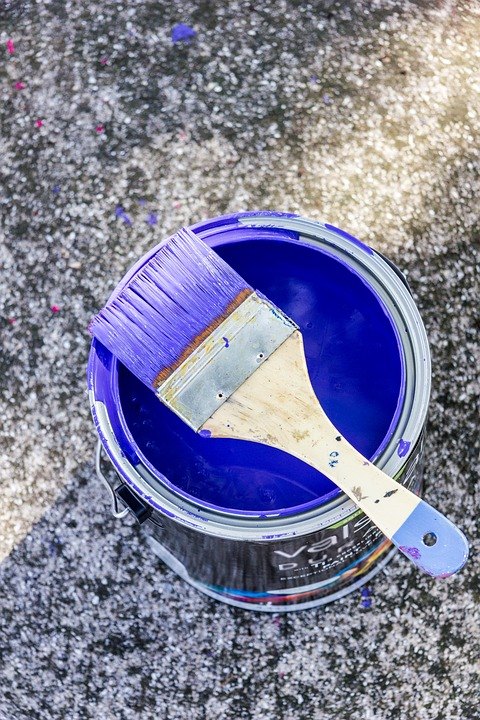




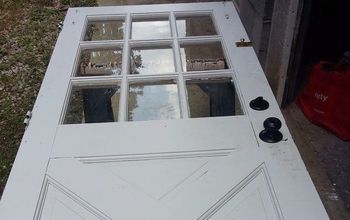







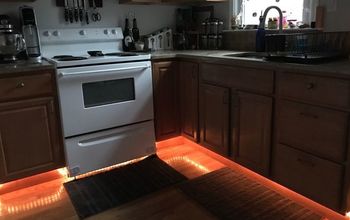


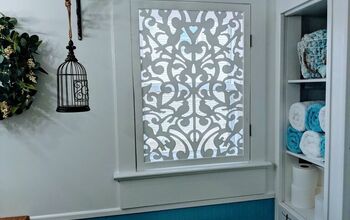
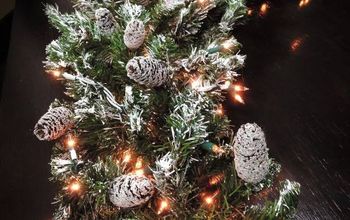

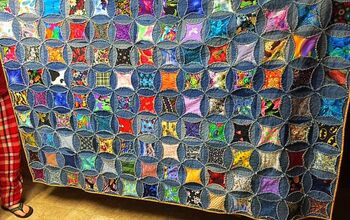

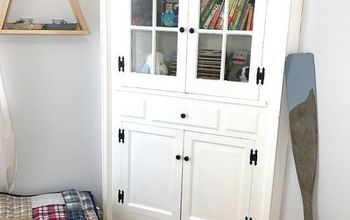

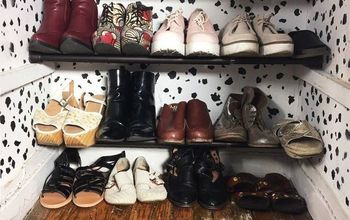




Frequently asked questions
Have a question about this project?